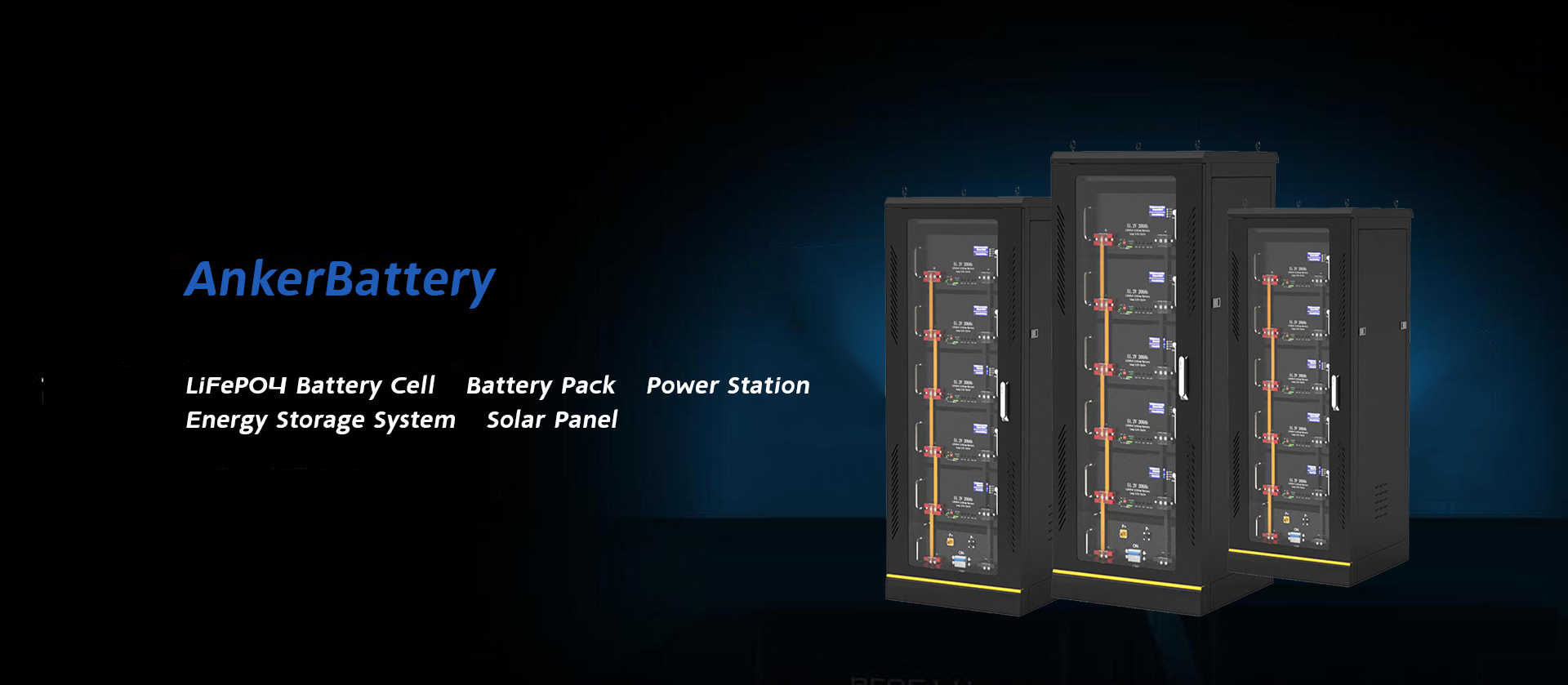Energy storage systems, also known as energy storage devices or batteries, play a crucial role in the modern world, providing the necessary power backup, stability, and flexibility to meet the increasing demand for electricity. These devices store the excess energy during periods of low demand and release it during high-demand periods, thereby ensuring a continuous and reliable supply of electricity. This article aims to explore the purpose of energy storage systems while determining whether they operate on alternating current (AC) or direct current (DC).
1. Power Backup:
One of the primary purposes of energy storage systems is to provide a reliable and uninterrupted power backup. These systems are employed in various applications, such as data centers, hospitals, telecommunications, and critical infrastructure, where even a momentary power disruption can have severe consequences. By storing energy during normal operating conditions, energy storage systems can instantly provide backup power during blackouts or grid failures.
2. Load Shifting:
Electricity demand fluctuates throughout the day, with peak demands occurring during specific periods. Energy storage systems facilitate load shifting by storing excess energy during low-demand periods and releasing it during high-demand periods. This not only helps to balance the demand-supply curve but also alleviates the strain on the electricity grid during peak hours. Load shifting can lead to cost savings for consumers by avoiding higher tariffs imposed during peak hours.
3. Renewable Energy Integration:
Renewable energy sources, such as solar and wind, are intermittent in nature, generating electricity only when there is sufficient sunlight or wind. Energy storage systems serve as a valuable tool in integrating renewable energy into the grid, as they can store excess energy generated during favorable conditions and release it when renewable sources are unable to generate power. This ensures a stable power supply, independent of weather conditions, and maximizes the utilization of renewable energy resources.
4. Grid Stability and Ancillary Services:
Energy storage systems contribute to grid stability by providing ancillary services. They are capable of responding quickly to fluctuations in power supply and demand, thus maintaining a consistent frequency and voltage level in the grid. Additionally, energy storage systems are instrumental in mitigating grid disturbances, such as voltage sags and frequency deviations, enhancing the overall reliability and resilience of the grid.

Energy storage systems can operate on either AC or DC, depending on their specific applications, technical requirements, and the desired functionality. Both AC and DC configurations have their advantages and limitations.
1. AC Energy Storage Systems:
AC energy storage systems are generally more common, as most electrical grids operate on AC. These systems convert DC energy from renewable sources or other forms into AC for grid integration or direct use. AC energy storage systems are versatile and can seamlessly interconnect with existing AC infrastructure, making them suitable for grid-scale applications and residential or commercial purposes.
2. DC Energy Storage Systems:
DC energy storage systems, on the other hand, are gaining popularity due to their higher efficiency and compatibility with certain applications. These systems store and discharge energy in their native DC form, avoiding the energy losses incurred during the conversion between AC and DC. DC energy storage systems are particularly well-suited for applications such as electric vehicles, off-grid systems, and certain industrial processes that operate predominantly on DC.
Energy storage systems serve diverse purposes, ranging from providing backup power to load shifting and renewable energy integration. They enhance grid stability, provide ancillary services, and contribute to a more reliable and sustainable power supply. While both AC and DC energy storage systems are in use, AC systems are more common due to their compatibility with existing infrastructure, while DC systems are gaining traction for their higher efficiency. As technology continues to advance, the use of energy storage systems is expected to increase, thus playing a vital role in the transition towards a greener and more resilient energy future.